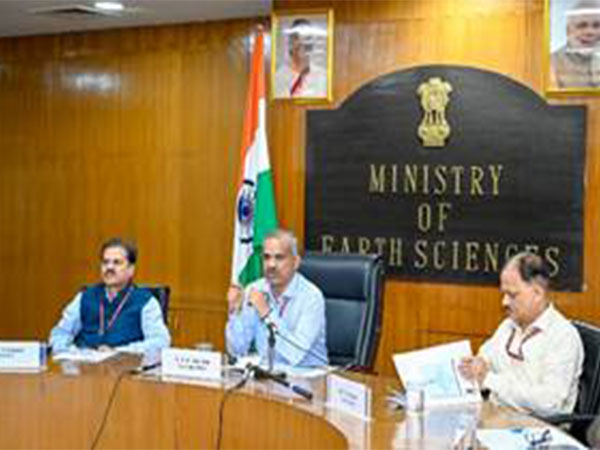Mission Mausam: Transforming India into a Weather-Ready, Climate-Smart Nation by 2026
Mission Mausam, approved by the Union Cabinet with a budget of Rs 2,000 crore, aims to make India 'Weather Ready' and 'Climate Smart' by enhancing weather and climate observations from 2024 to 2026. The Ministry of Earth Sciences will lead the initiative with advanced technologies and international partnerships.

- Country:
- India
The Ministry of Earth Sciences (MoES) hosted a national press interaction on Mission Mausam at Prithvi Bhavan in New Delhi. Dr. M. Ravichandran, Secretary of MoES, alongside Dr. Mritunjay Mohapatra, Director General of the India Meteorological Department (IMD), and Dr. V.S. Prasad, Head of the National Centre for Medium-Range Weather Forecasting (NCMRWF), addressed the media.
The Union Cabinet approved Mission Mausam on September 11, allocating a budget of Rs 2,000 crore for two years. This initiative aims to prepare India to be 'Weather Ready' and 'Climate Smart' by vastly enhancing weather and climate observations, modelling, and forecasting to provide more accurate and timely services.
Slated for implementation from 2024 to 2026, Mission Mausam seeks to mitigate the impact of climate change and extreme weather events while improving community resilience. The mission encompasses advancing weather surveillance technologies, deploying high-resolution atmospheric observations, next-generation radars, satellites, and high-performance computers. Efforts will also focus on better understanding weather and climate processes through data-driven methods, including AI/ML.
The initiative plans to establish an extensive network of 50 Doppler Weather Radars, 60 Radio Sonde/Radio Wind stations, 100 disdrometers, 10 wind profilers, 25 radiometers, an urban testbed, among other facilities. According to Dr. Ravichandran, Mission Mausam will enhance both spatial and temporal forecasts and air quality data, aiding long-term weather management strategies.
By March 2026, the mission aims to install a more extensive radar network and improve physical understanding and data assimilation. This blend of numerical models and AI/ML aims to advance forecasting accuracy significantly. Additionally, data dissemination and capacity building initiatives will be ramped up to benefit citizens and various stakeholders.
Implemented primarily by the IMD, NCMRWF, and Indian Institute of Tropical Meteorology, the mission will receive support from other MoES entities and partnerships with academic and industrial bodies globally. The move is poised to bolster India's leadership in weather and climate sciences and cater to economic and social benefits across sectors.
(With inputs from agencies.)
ALSO READ
Tolins Tyres Set for IPO with Rs 230-Crore Offering
Massive Drug Bust: Nine Arrested, Ganja Worth Rs 2.87 Crore Seized
Woman Arrested for Stealing Rs 22 Lakh and Gold from Father's Home
Jakson Engineers to Invest Rs 2,000 Crore in Major Solar Manufacturing Expansion
Government Garners Rs 2,300 Crore from GIC Re OFS










